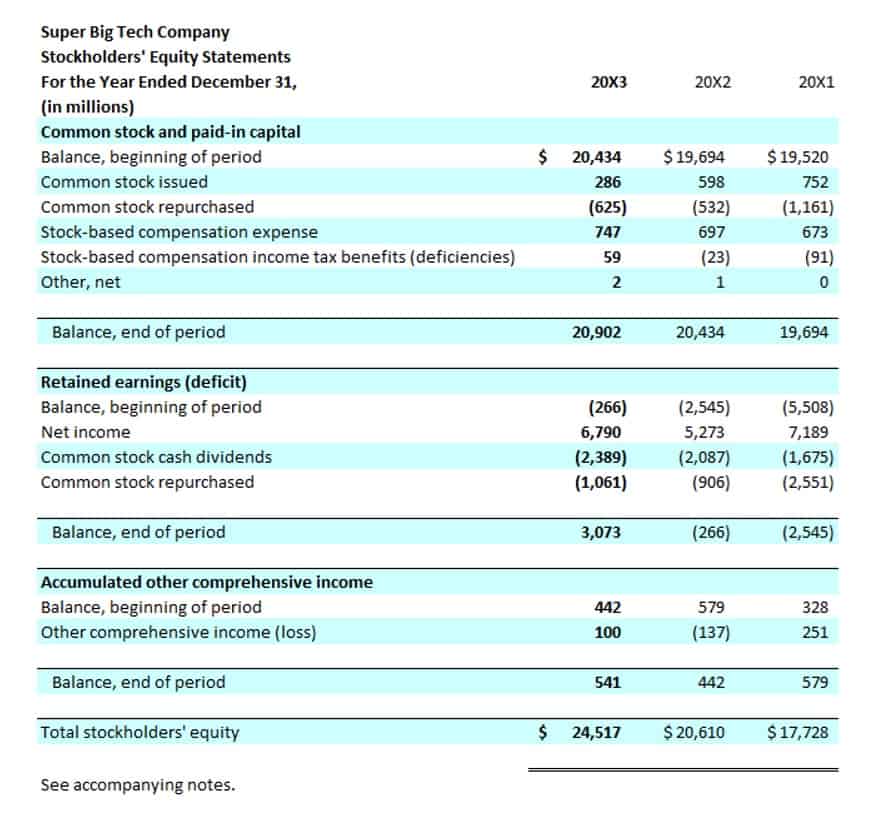
It is permanent because it is not closed at the end of each accounting period. At the start of the new accounting period, the closing balance from the previous accounting period is brought forward and becomes the new opening balance on the account. Other than the retained earnings account, closing journal entries do not affect permanent accounts. A sole proprietor or partnership often uses a separate drawings account to record withdrawals of cash by the owners. Although the drawings account is not an income statement account, it is still classified as a temporary account and needs a closing journal entry to zero the balance for the next accounting period. The retained earnings account balance has now increased to 8,000, and forms part of the trial balance after the closing journal entries have been made.
Trial Balance
These entries ensure all temporary accounts are closed, and the balances are transferred to retained earnings, updating the equity section of the balance sheet. This process prepares accounts for the next financial year, allowing the business to start fresh with zero balances in its income and expense accounts. The retained earnings account balance of 6,800 is the amount brought forward from the previous accounting period, and for the sake of this example, the other balance Cash Flow Management for Small Businesses sheet (permanent accounts) are shown as one balance, as they are not part of the closing journal entries process.

Supplies Expense
- Closing journal entries are used at the end of the accounting cycle to close the temporary accounts for the accounting period, and transfer the balances to the retained earnings account.
- This process resets these accounts to zero in preparation for the next accounting period and updates the retained earnings account with the net income or loss for the year.
- Suppose a business had the following trial balance before any closing journal entries at the end of an accounting period.
- Year-end closing entries are critical in accounting because they ensure that all temporary accounts (revenues, expenses, profits, and losses) are closed to retained earnings or owner’s equity accounts.
- As the drawings account is a contra equity account and not an expense account, it is closed to the capital account and not the income summary or retained earnings account.
- Enhance your accounting skills and knowledge with our comprehensive resources tailored for professionals and students alike.
- Closing entries are journal entries used to empty temporary accounts at the end of a reporting period and transfer their balances into permanent accounts.
The intended result is for each temporary account to begin the next accounting year with a zero balance. In this example we will close Paul’s Guitar Shop, Inc.’s temporary accounts using the income summary account method from his financial statements in the previous example. Closing all temporary accounts to the retained earnings account is faster than using the income summary account method because it saves a step.
Example 3: Closing the Income Summary Account

This trial balance gives the opening balances for the next accounting period, and contains only balance sheet accounts including the new balance on the retained earnings account as shown below. The temporary accounts include the income statement accounts (revenue, expense, gain, loss, income summary) and also the drawing account of a which of the following accounts will be debited in the closing entry at the end of the year? sole proprietorship. The balances in these accounts will ultimately end up in the sole proprietor’s capital account or the corporation’s retained earnings account. The income summary account is in itself a temporary account and an additional closing journal entry is made to zero the account at the end of the accounting period, and transfer the balance (the net income for the period) to the retained earnings account as before.
Although it is not an income statement account, the dividend account is also a temporary account and needs a closing journal entry to zero the balance for the next accounting period. Notice that the effect of this closing journal entry is to credit the retained earnings accounting account with the amount of 1,400 representing the net income (revenue – expenses) of the business for the accounting period. Having just described the basic closing entries, we must also point out that a practicing accountant rarely uses any of them, since these steps are handled automatically by any accounting software that a company uses. Instead, the basic closing step is to access an option in the software to close the reporting period. Doing so automatically populates the retained earnings account for you, and prevents any further transactions from being recorded in the system for the period that has been closed.

